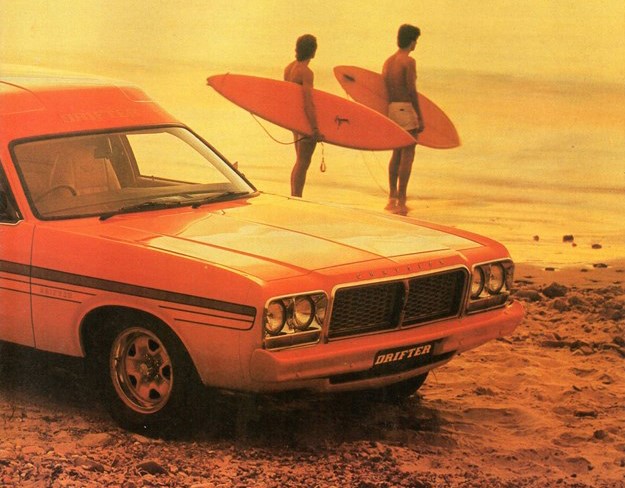Retro Stories by David Burrell
The passenger car-based ute was invented in Australia. First shaped by Ford designer, the late Lew Bandt, and released in July 1934, it has been one of the most potent symbols of our car industry’s can-do inventiveness, and has been copied worldwide.
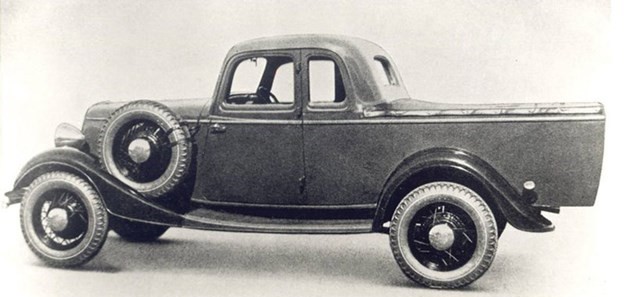
Although Ford created the ute, it was Holden’s rugged and basic utes that dominated in the 1950s, reaching beyond a 50% market share. Indeed, during the 1950s almost every car company in Australia tried to make money by offering utes, leading to some rare models.
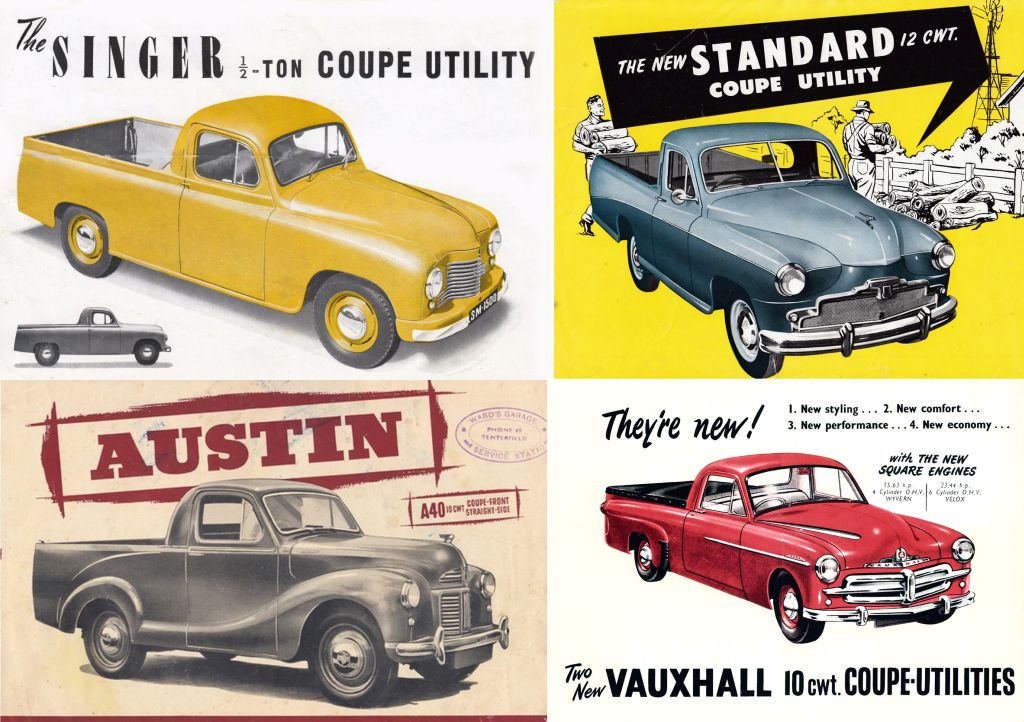
Those dynamics shifted when the 1961 Falcon and 1965 Valiant based utes arrived. Each promised more power and options. It was now the “big three” which dominated.
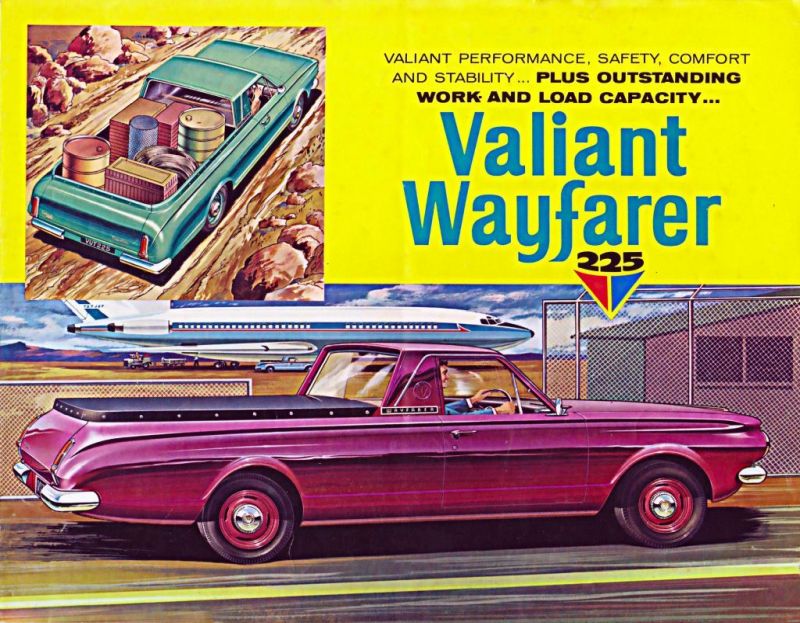
And when V8s became available in the late 1960s, and options such as such as bucket seats and four speed transmission were offered, utes were no longer just humble haulers. They were now the sports cars of the era, and along with similarly equipped panel vans, were promising new found freedoms of fun/sun/surf to increasingly affluent youth.
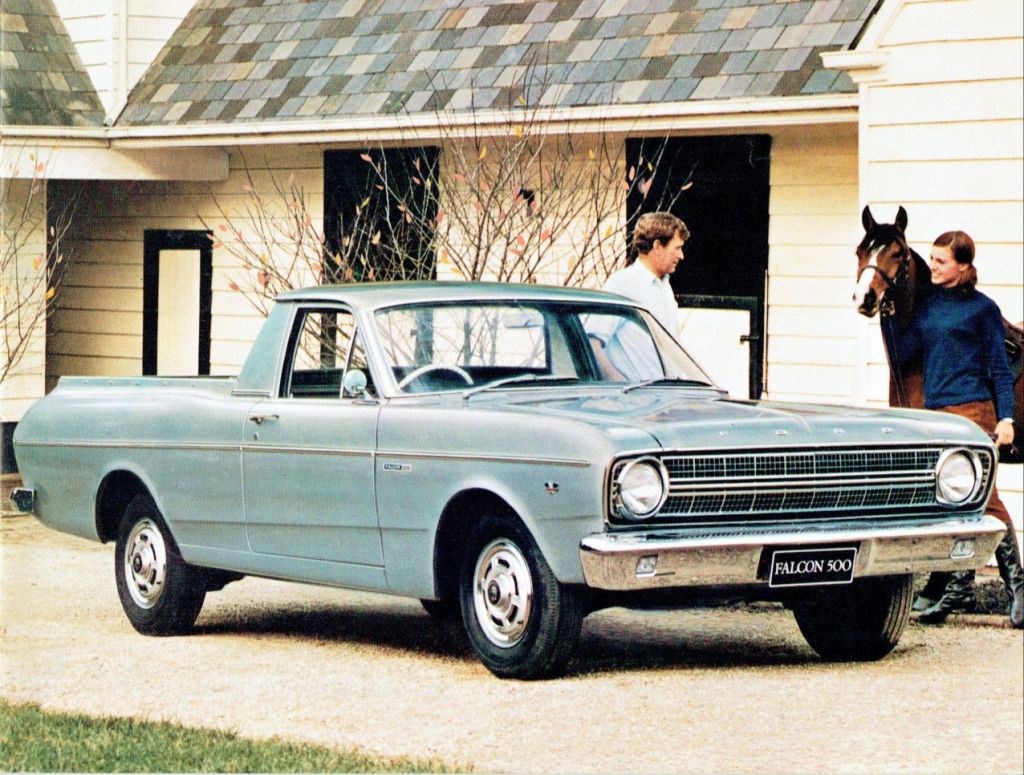
In 1971 Chrysler Australia attempted to cash in on this trend with its Town and Country. It was an options package for the basic Ranger ute and featured bucket seats, centre console, carpet, special steering wheel, styled wheels, stripes and a black vinyl roof. Yes, a vinyl roof.
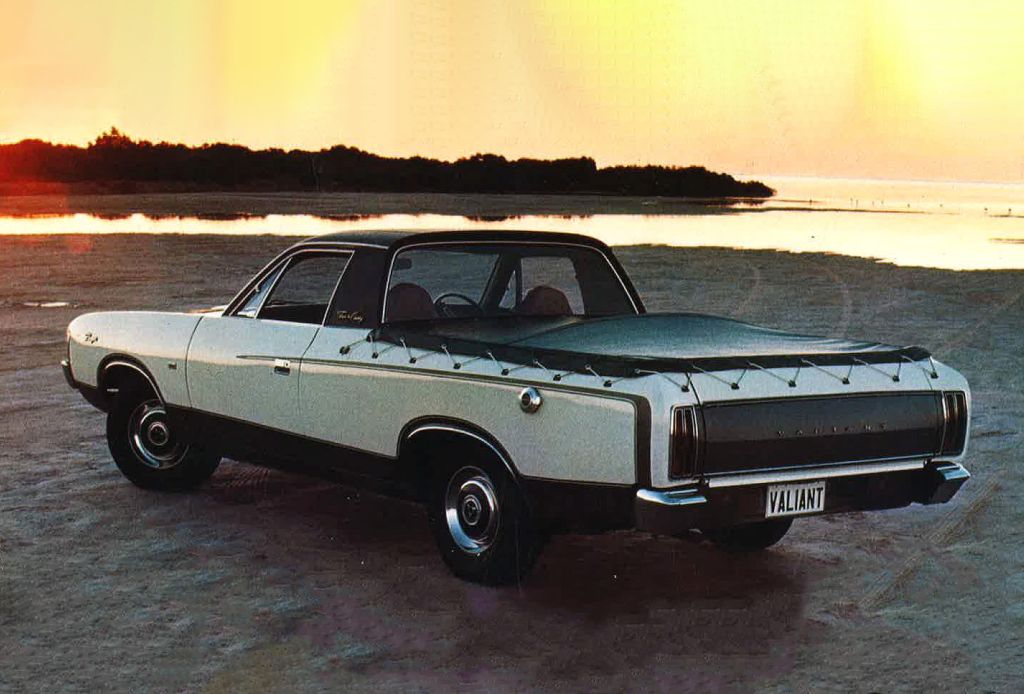
There’s no doubt Chrysler Australia was right in its thinking about a sporty type ute. The problem was the name. It was not sporty, nor did it promise fun/sun/surf.
Town and County had been a storied Chrysler name in the USA since the 1940s. It was usually applied to luxury station wagons, and marketed to those aged over 50.
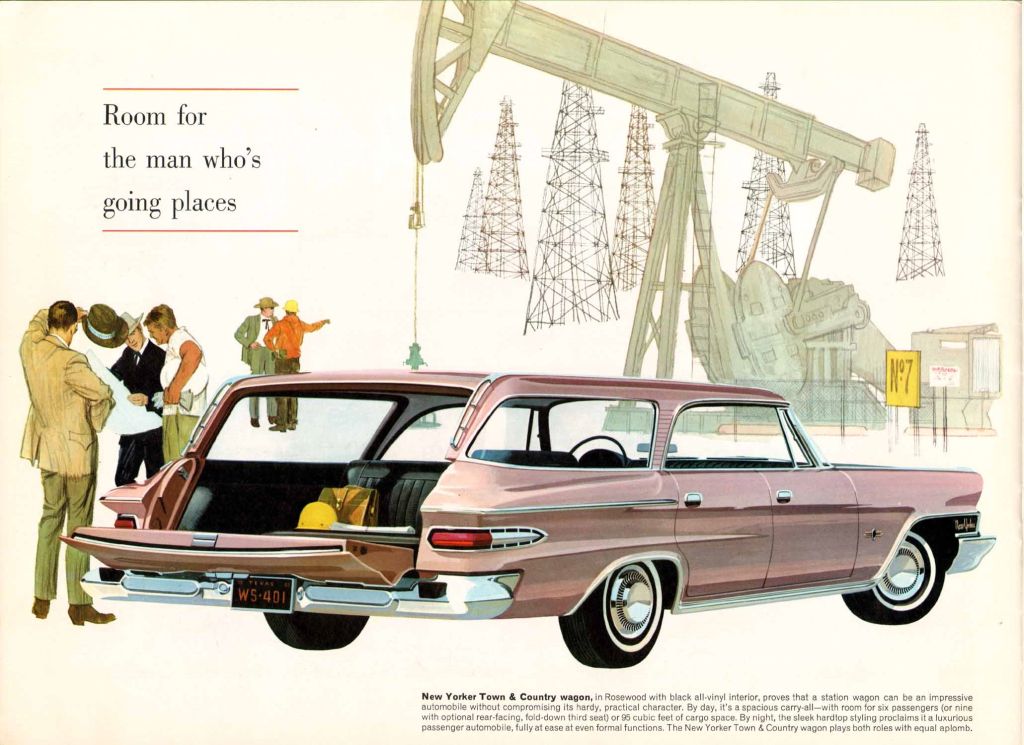
In Australia, the name projected an image of wealthy, older, landed gentry hauling hay bales and sheep in grand style. Not helping matters were photos supplied to the media showing a Town and County with a tray-based camper. No fun/sun/surf there. All it did was shout out to young buyers to STAY AWAY! Actually, everyone stayed away.

Just 1,084 VH and VJ Town and Countries were sold between 1971 and 1973, according to the Valiant InfoBase website. That makes them one of the rarest utes in Australia. Most have not survived.
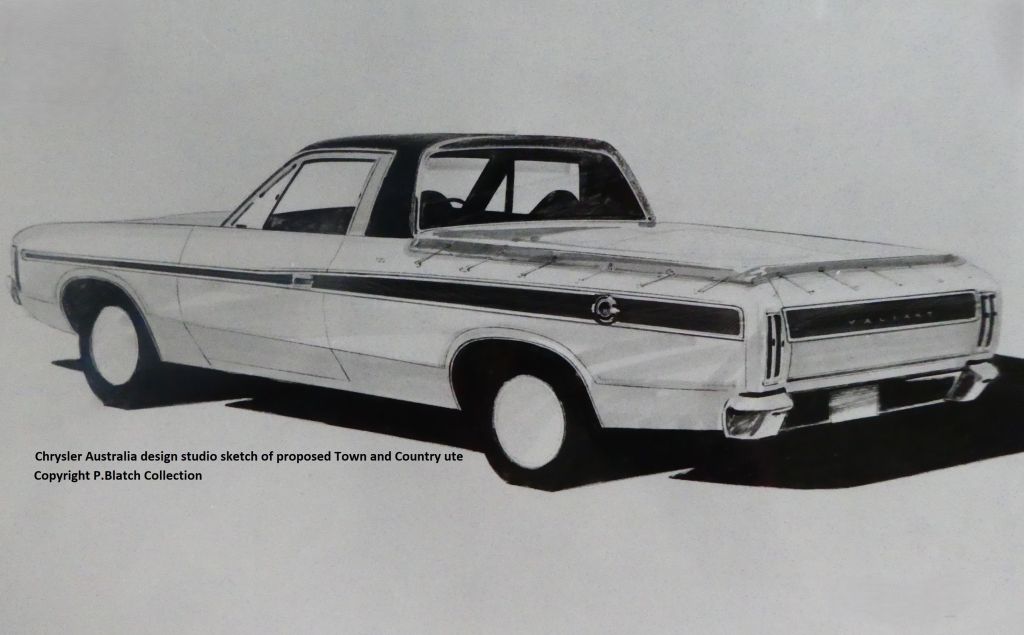
Ironically, Chrysler Australia had the right name for such a sporty ute. It was “Hang Ten”. But the product planners and marketing boffins had reserved the name, and accompanying fun/sun/surf advertising campaign, for a limited edition of the Charger.
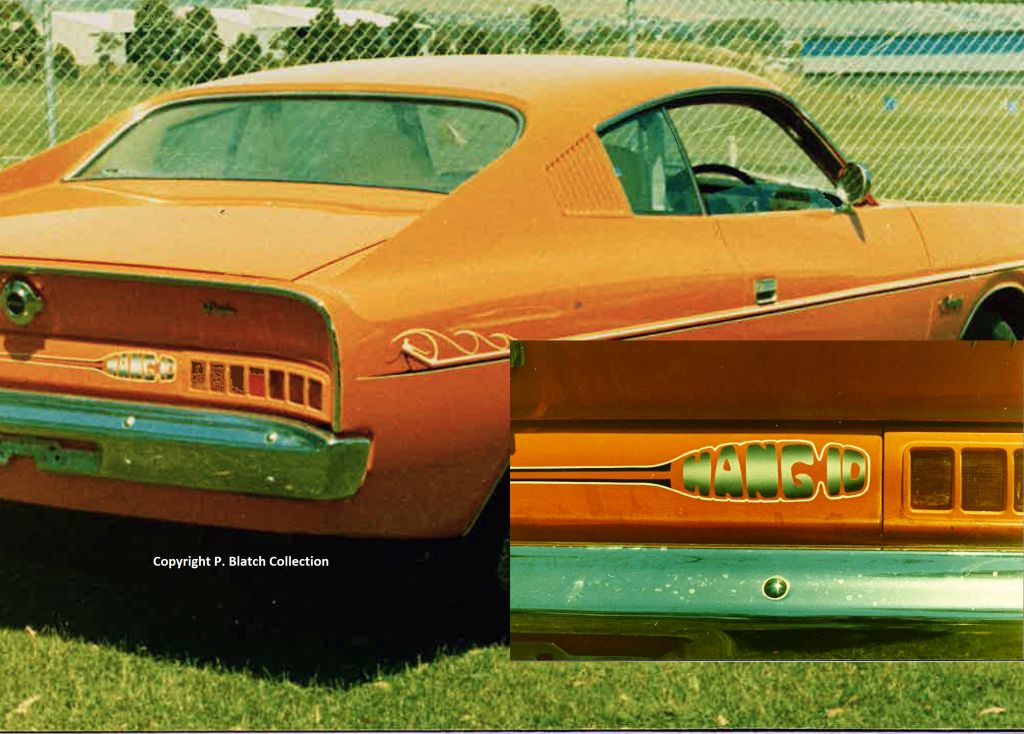
The “Hang Ten” Charger never eventuated and the name was shelved. Chrysler Australia missed a golden opportunity to reach the fun/sun/surf youth market three years ahead of Ford’s Sundowner and Holden’s Sandman.
In fact, Chrysler Australia did not target the youth ute/van market until 1978, with the release of the Drifter. And that’s another story for another time.
